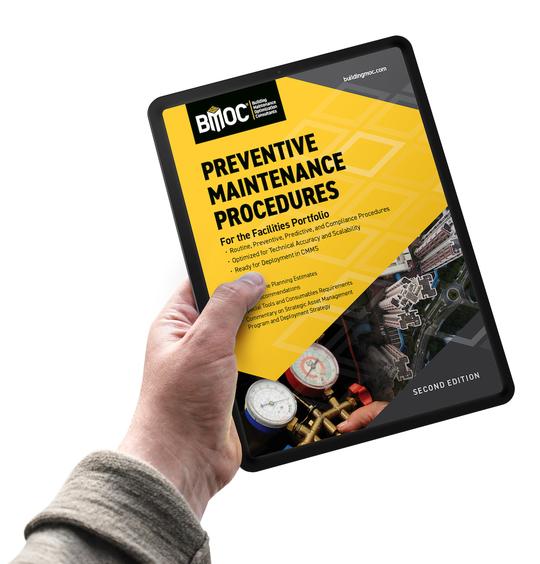To assess their impact on the climate, many organizations are determining their carbon footprints. That process quantifies the output (in equivalent tons of carbon dioxide) of greenhouse gases (GHG) released due to a company’s operations. How exactly that is calculated may impact the cost to become carbon “neutral,” a position that some are using to elevate the stature of their firms. Shifty GHG accounting could, however, result in negative publicity.
Neutralizing Your Carbon Output
To achieve carbon neutrality, a firm may purchase carbon offsets equal to their carbon emissions. Such offsets are, in effect, a voluntary tax whose revenue pays a third party to take action to reduce carbon emissions elsewhere. Such activities may include energy-efficiency upgrades, producing power using methane from manure, or planting trees that absorb CO2as they grow. Renewable energy certificates (RECs) are a form of offset that helps displace fossil-fueled electricity.Offset pricing is relatively low at this point: achieving neutrality may cost only a few percent of one’s annual energy bill. For examples and pricing of offsets, check outwww.terrapass.com. But development of a regulated carbon market (expected after the next national election) may significantly raise the price.
Drawing The Boundary
Carbon footprinting isn’t regulated in the U.S., so those determining their climate impacts may choose what to include (or exclude) in that calculation. Find GHG programs atwww.greenerchoices.org/globalwarmingathome.cfm?page=Toolkit#Carbonfootprintcalculators. Each includes instructions regarding types of inputs. Many encompass not only direct emissions (e.g., from central plants and manufacturing processes), but also indirect releases due to electricity consumed from power plants burning fossil fuels, work-related transportation of personnel, trash in landfills that produces methane, and other sources of emissions. The types of activities pursued by an organization, and the relative magnitude of such variables, could thus influence the size of its footprint.Reviews of both carbon footprinting software (typically called GHG inventories) and the emission shoe sizes claimed by several large organizations revealed some variability regarding what was included in their analyses. While accurately estimating commuter travel by employees may be difficult, for example, completely ignoring it is generally considered a no-no. Yet some firms (including a few large non-profits) did so, either because their spreadsheet did not ask for such data or the organizations chose to exclude it.
Some also excluded corporate travel, much of which is done in jets that emit a lot of GHG. But such shoehorning was not limited to profit-making corporations looking to minimize their claimed footprint. According to a March 2008 report in theNew York Times, no less of an ethical leader than the Vatican decided that the worldwide travel of its personnel was not part of its business and excluded it. In a unique interpretation, a major university excluded travel by its commuting students, apparently under the notion that they were not employees and thus not part of the college’s activities. Many other colleges, however, see such travel as part of their climate responsibility since encouraging students to use mass transit, bicycling, etc., could result in a GHG reduction. In some inventories, personnel commuting in cars (never a very efficient use of fossil fuels) contributed more GHG than a facility’s central boiler plant.
In other cases, disposal of organic trash (e.g., from cafeterias) was left out, thus avoiding the methane emissions from its decay in a local landfill. Since a pound of methane has the climate effect of about 20 pounds of CO2, such exclusion could also raise questions.
Getting A Black Eye for Claiming To Be Green
Seeking to seize the moral high ground, some firms are using their self-developed inventories to quantify their offset purchasing. With growing sensitivity to climate issues, challenging a firm’s claim of carbon neutrality could, however, make it look worse than if it had done nothing. To avoid such a problem, those delving into this area should first inventory their carbon under the most inclusive interpretation, using software that calls for data on all the above-mentioned GHG sources. A consultant performing this function should sign a confidentiality agreement before receiving any data.The cost of compliance should then be estimated using today’s (and tomorrow’s) offset pricing, and a determination made regarding the public relations and/or competitive value of making a claim of carbon neutrality at that cost. If the cost is high, trying to artificially make a Sasquatch look like a Tom Thumb may simply not be worth the risk.ES



